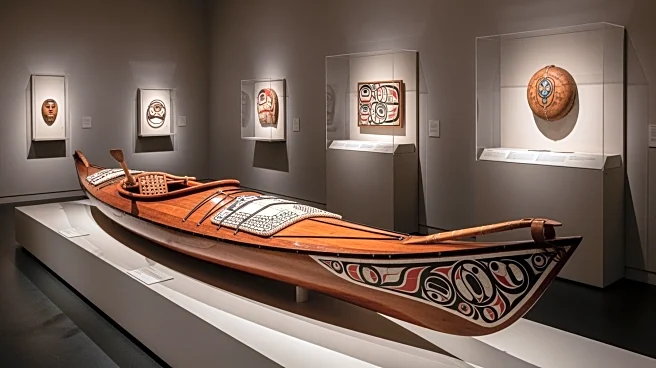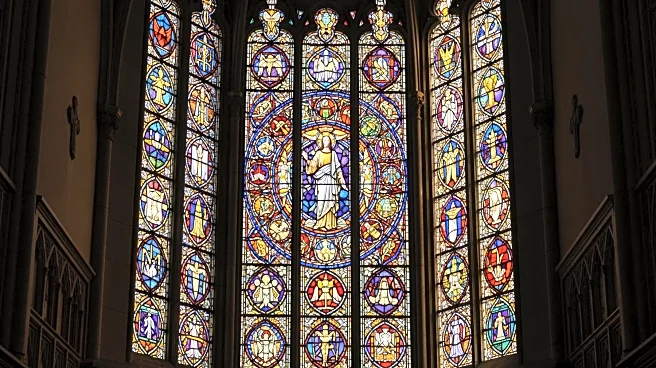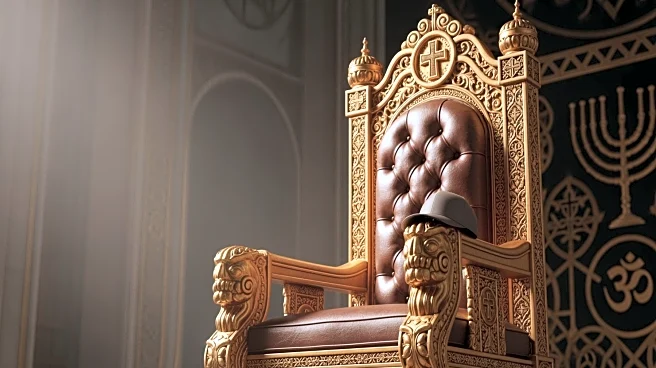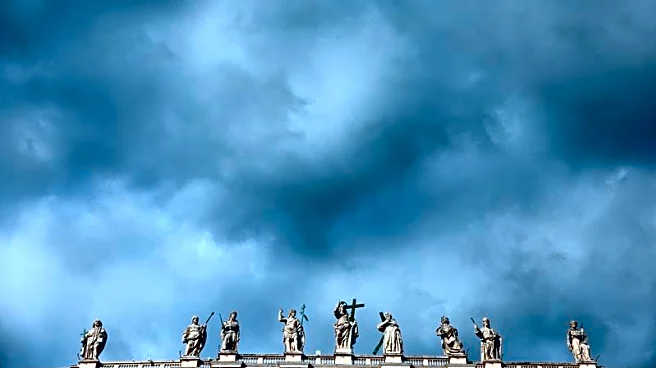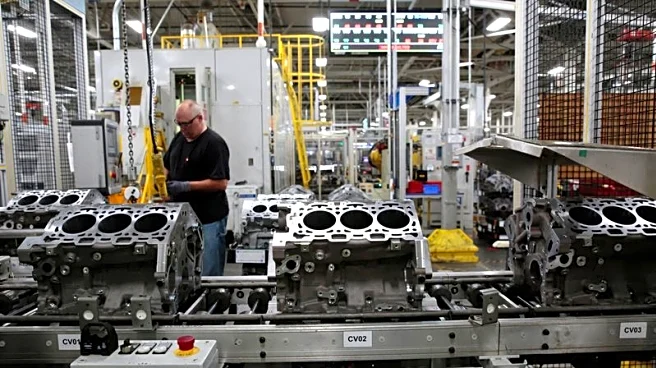What's Happening?
The Vatican Museums are set to return a rare Indigenous kayak to Canada, marking a significant step in the restitution of cultural artifacts. The kayak, originating from the Inuvialuit people, has been
part of the Vatican's collection since 1925. It was initially acquired during a world exhibition organized by Pope Pius XI, who instructed Catholic missionaries to collect examples of Indigenous life from their regions. This kayak is one of only five in existence and symbolizes the colonial history and resilience of Indigenous communities. The return is part of a broader effort by the Vatican and the Canadian Catholic Church to restore Indigenous artifacts, including a face mask from Haida Gwaii and other cultural items. The process is facilitated by the Canadian Conference of Catholic Bishops, aiming for completion by the end of the year.
Why It's Important?
This restitution is crucial for healing and reconciliation with Indigenous communities, particularly those affected by the legacy of residential schools in Canada. The return of these artifacts acknowledges past injustices and supports cultural preservation. It also reflects a shift in the Vatican's approach, following Pope Francis's apology for the Church's role in residential schools and the disavowal of the 'Doctrine of Discovery.' The return of these items is seen as a step towards addressing historical wrongs and fostering dialogue between the Church and Indigenous peoples. It highlights the importance of cultural heritage and the need for respectful restitution processes.
What's Next?
The artifacts will first be returned to the Canadian Museum of History before their final destinations are determined. Indigenous leaders emphasize the need for culturally informed procedures, including ceremonies before the artifacts can travel. There is ongoing discussion about the 'church-to-church donation' method, with calls for Indigenous communities to be directly involved in identifying and reclaiming their cultural heritage. The return of these items may prompt further restitution efforts and discussions on the role of museums in preserving and returning cultural artifacts.
Beyond the Headlines
The restitution process raises broader questions about the ethical responsibilities of museums and institutions holding cultural artifacts. It challenges the narrative of artifacts being 'gifts' and highlights the need for transparency and collaboration with Indigenous communities. The return of these items could influence global practices regarding the restitution of cultural heritage and encourage other institutions to reevaluate their collections and relationships with Indigenous peoples.


